Go Local: China Southern and Qantas Profit from Regional Touches
Share

APEX Insight: As both China Southern and Qantas expand globally with new routes and strategic alliances, both carriers from the Asia-Pacific region have found that providing passengers with local creature comforts – from familiar entertainment options to regionally inspired menus – is key to customer satisfaction.
Opening day two of the APEX Asia conference Tuesday, November 17, in Singapore, representatives from China Southern Airlines and Qantas sat down with APEX CEO Joe Leader to discuss airline philosophy in the Asia-Pacific region.
While both airlines are forecasting tremendous growth internationally in the coming years – a forecasted 148 million Chinese tourists are expected to spend $188 billion worldwide this year – both carriers assert that with increasingly global ambitions, emphasis on locality is key.
“We are quite new in the international market, so we want to give foreign passengers a comfortable experience,” explains Dodo Su, Products and Services Management Division, China Southern Airlines. “One of the ways we did that was by recruiting local cabin crews on our routes.”
Qantas takes a similar approach. “We really focus on making sure there’s a strong language skill presence so our staff can deliver a really personalized experience,” says David Meyer, category manager for Qantas. “Doing so provides an opportunity for us to extend the brand beyond the English-speaking language space.”
Entertainment that connects with travelers from across the globe is key as well. “We have J-Pop, K-Pop and C-Pop titles coming through that are getting more popular as more and more routes head to these regions,” Meyer notes. “I think studios will become more focused on regional content, especially coming out of China.

In-flight catering is another domain where Qantas and China Southern have elected to serve up dishes native to their home bases, mixed with high-level menus reflecting the origins of their travelers. In 2014, China Southern teamed up with the notable chef and restaurateur, Al Brown to create New Zealand-inspired menus for the airline’s Auckland-Guangzhou route. On the flip side, Qantas has cultivated a nearly 20-year relationship with Australian-chef Neil Perry and his Rockwood restaurant brand to serve Australia’s finest to first- and business-class passengers both internationally and domestically.
China Southern leverages technology to add a personal touch and increase passenger comfort. Premium travelers can pre-book their meals online before boarding their flight, for example. Also, before landing, China Southern provides premium passengers with information about where their next boarding gate will be through its in-flight entertainment system.
In 2013, China Southern became the first Chinese carrier to launch a WeChat account. According to Su, the social media network, which has approximately 650 million monthly active users, has enabled the airline to better connect with its passengers. “We’ve now developed over 20 functionalities on this WeChat account,” she shares.
While excelling through personalized approaches, both airline representatives cited areas in which they wish to improve. “I’m a big advocate of accessibility, particularly for the visually impaired,” Meyers says. “It’s really important for us to work with suppliers and partners to drive innovation in this space.”
In China, regulatory restraint by the government for Wi-Fi operation on airlines is a serious obstacle. “Connectivity is the hottest topic this year, but currently the Chinese government regulations are very strict,” Su explains. “If APEX could help organize the Chinese carriers to lobby the government about these policies, that would be helpful.”
Joe Leader, APEX CEO and the session’s moderator, responded to Su with assurance: “This will be a priority for APEX moving forward.”


